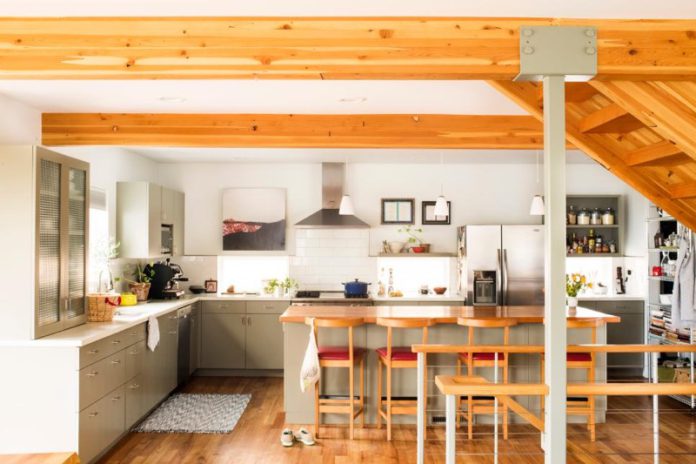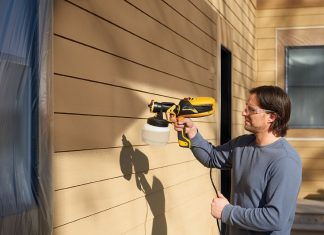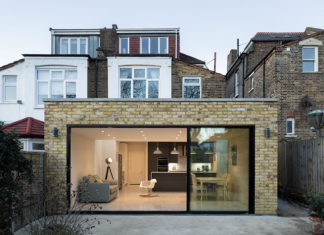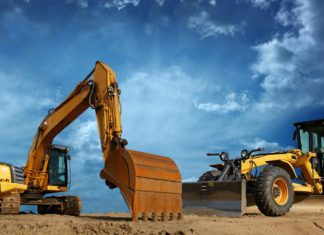As a landlord, it’s important to not only provide a comfortable living space for your tenants, but also to be conscious of your property’s energy consumption. By making your investment rental property more energy efficient, you are able to, not only reduce your own expenses, but also appeal to environmentally-conscious tenants. Following are several tips for making your investment rental property more energy efficient.
Lighting
One of the easiest and most cost-effective ways to improve energy efficiency in your rental property is to upgrade the lighting. Replacing incandescent bulbs with LED or CFL bulbs can significantly reduce energy consumption, while also providing a brighter and more even light. LED and CFL bulbs use less energy to produce the same amount of light and they last longer than incandescent bulbs, which means you will save money on replacements and energy bills. Additionally, installing dimmer switches or occupancy sensors can help to further reduce energy consumption by ensuring that lights are only on when they are needed. Occupancy sensors will automatically turn the lights on when someone enters the room and turn them off when the room is empty.
Heating and Cooling
Another major area for energy consumption in rental properties is heating and cooling. One way to improve energy efficiency in this area is to upgrade to a more energy-efficient HVAC system. Investing in a high-efficiency furnace or air conditioner can significantly reduce energy consumption, while also providing better temperature control. High-efficiency systems are designed to use less energy to produce the same amount of heat or cool air which means you will save money on energy bills. Additionally, sealing and insulating the property can help to prevent drafts and keep the interior temperature more consistent. A drafty property can make it difficult to maintain a comfortable temperature which can lead to higher energy consumption. By sealing and insulating the property, you can reduce drafts and make it easier to heat or cool the space.
Water Heating
Water heating can also be a significant source of energy consumption in rental properties. To improve energy efficiency in this area, landlords can install low-flow showerheads, faucet aerators, and toilets. These upgrades can significantly reduce the amount of water used, which in turn can lower energy consumption. Low-flow showerheads and faucet aerators are designed to use less water while maintaining the same pressure. This will save water and energy. Additionally, landlords can also consider installing a tankless water heater, which heats water on demand and does not require a storage tank. Tankless water heaters are more energy-efficient than traditional storage tank water heaters because they only heat water when it is needed. This can save energy and money on your bills.
Windows and Doors
Another area to focus on to improve energy efficiency is the windows and doors. Upgrading to energy-efficient windows and doors can help to reduce drafts and prevent heat loss, which can significantly reduce energy consumption. Energy-efficient windows and doors are designed to keep the heat in during the winter and keep the heat out during the summer. This can save energy and money on your bills. Additionally, installing window treatments such as blinds or shades can also help to keep the interior temperature more consistent. Window treatments can block the sun during the summer and insulate the windows during the winter.
Educate Tenants About Energy Consumption
Educating tenants about energy conservation can also bring many benefits for landlords. Firstly, it can help to lower energy bills as tenants will be more aware of how to save energy in the property. This can be achieved by providing information about how to use the appliances, thermostats and lights in the property, as well as tips on how to save energy when cooking, cleaning, and doing laundry. Secondly, educating tenants about energy conservation can lead to increased tenant satisfaction as they will be more comfortable in the property and they will have lower utility bills. This can lead to a lower turnover rate and a more stable tenant base. Additionally, educating tenants about energy conservation can also contribute to a more sustainable future and it can also help to reduce the carbon footprint of the property.
Increase Property Value With Energy-efficient Upgrades
Another side benefit of making your rental property more energy efficient is that it has the potential to increase your property’s value. Energy-efficient properties are in high demand, and people are often willing to pay more for properties that are designed to save energy and money.
By implementing these energy-efficient upgrades, landlords can not only reduce their own expenses, but also appeal to environmentally-conscious tenants. Additionally, many of these upgrades can also improve the overall comfort and livability of the rental property, which can help to attract and retain quality tenants. By making your property more energy efficient, you can also reduce your carbon footprint and contribute to a more sustainable future. Making your investment rental property more energy efficient is a smart move for landlords. Although some upgrades will require an initial investment up-front, the payoff will happen over time. Energy efficiency is also a big selling point that landlords can use in marketing materials, since quality tenants are always thinking of budget considerations when renting homes and apartments. By implementing one or more of the tips outlined here, investment property owners can improve the energy efficiency of their rental properties and save money in the process.













